I can't get any A-listers because I don't have financing. I don't have financing because I don't have any A-listers.
A sassy “Merry Christmas Eve, bitch”—the word “bitch” more or less a punctuation—sets the tone for the edgy, comic energy that courses through every frame of Sean Baker’s scrappy mosaic of Los Angeles street life in Tangerine. We’re introduced to two prostitutes working around the corner of Santa Monica and Highland: Sin-Dee Rella (Kiki Kitana Rodriguez), with her signature mile-a-minute delivery, and her accomplice Alexandra (Mya Taylor). A long way from her fairytale namesake, Sin-Dee’s released from a short spell in jail when she discovers that her pimp boyfriend, Chester (James Ransone), has been cheating on her. Worse, it’s with a woman, with “like, vagina and everything.” So the fired-up, fast-talking and maniacal Sin-Dee goes on an implacable rampage to track down the offending interloper, planning to “go all Chris Brown” on her sorry ass.
The film’s smart craftsmanship is ultimately less noteworthy than its humanizing, prejudice-challenging immersion into the lives of people who inhabit L.A.’s low-end drug and sex industry. It’s the warmth and absence of judgment or condescension toward its marginalized characters that makes Baker’s technically adventurous film such a vibrant and uplifting snapshot.
Tangerine opens in select theaters July 10th via Magnolia Pictures.
So you were saying this was Kiki’s [Rodriguez] first time in New York City?
Yeah! It was incredible. She got to see Times Square yesterday or the day before. She had never been outside Southern California before. She had never experienced Manhattan from that elevated point of view. I’m so happy she got to experience that and, hopefully, it’s just the beginning, you know? Mya [Taylor] had already been here three weeks ago shooting a short film that came about because of Tangerine. It’s called Happy Birthday, Marsha! and it’s about Marsha P. Johnson, the trans activist who was murdered in ’92. I just hope that this is just the first step and they can both parlay this film into chasing their dreams. When I met them, they were both aspiring entertainers. Mya told me, ‘I sing, but I can act for you.’ Kiki actually studied drama in high school.
They’re so incredibly natural in front of the camera. And not only did you have them act, but you had them improvise. Even the most seasoned actors are afraid to go there.
It’s a talent you’re born with. I’ve been lucky in my career because, with every film, I’ve found a gem. I know I couldn’t improvise like that. It takes me a day to figure out a nice comeback. [Laughs] Kiki and Mya are so witty, so funny, and so fast. I’ve been very, very lucky. In Starlet, I had Besedka Johnson, a 85-year-old in her first acting role opposite Dree Hemingway. It took about a week, but she started improvising. In the film before that, it was Prince Adu. And I know it doesn’t work for everybody, trust me, because I’ve tried to cast people who just can’t do it, like me. It’s either too slow or they freeze up. I wasn’t a hundred percent sure until I started workshopping with Kiki and Mya that they had such a wealth of material to draw from.
The trans movement is obviously having a moment right now and the timing of Tangerine is impeccable. How much of the film would you say comes from a place of activism?
I would say that it comes from a place of awareness and, I guess, activism. I mean, I try to avoid being overtly political on a film that’s supposed to be narrative fiction, you know what I mean? It’s a piece of entertainment as well. I’m of course aware of the trans movement right now and everything else on a day-to-day basis. My hope with Tangerine is that audiences will be interested enough, connect and empathize with these women, that they will then do the research afterwards. For example, there are so many wonderful documentaries out there right now that should be seen, that has the statistics. Even with all of this awareness, Caitlyn Jenner, and the visibility of the trans movement, nothing’s changed if you look at the murder rate going up 13% this year in that community. The ninth murder of a trans person in the U.S. just happened on June 23rd. It’s really tragic. So my hope with this film is that, by presenting a subject matter in a way that’s accessible to the general population, it will result in great awareness and empathy that will lead to activism.
When you first approached Kiki and Mya to embark on this journey with you, how did they react? I’d imagine they wanted to feel you out first.
Of course. That goes for everybody that Chris [Bergoch] and I approached. The only disarming thing was that I had my little chihuahua. [Laughs] When I met Mya, she showed a lot of enthusiasm, but she really connected with Starlet. She came back to me, like, ‘Oh! You’re a legitimate filmmaker.’ She said to me, ‘ I want to make this film with you and I trust you, but you have to promise me two things: You have to show the brutal realism of the streets, no matter how hard it is to look at. Secondly, I want you to make this hilarious.’ [Laughs] It’s like, are you kidding me? That’s a hard balancing act. That’s a really difficult one. At first, I was very apprehensive, being a cisgender, straight white male from outside of that world. I knew that no matter what we did, some people would not like our approach. I was thinking that we would be splitting audiences 50/50. After thinking about what she said for a few days, I realized that she was really asking me to make a work of entertainment for the women who work the block as well, you know? They don’t want a heavy-handed melodrama, something they already have to deal with every single day. They want to recognize the humor in what they do and cope to get by.
Mya didn’t want you to romanticize anything, yet take some of the grittiness out?
Oh, no, no. We didn’t want to downplay anything. But we did have to pick and choose. The extremes are obviously the murders and the other side, a day where there’s nothing going on. We were picking and choosing in order to make a film that’s ultimately about friendship. For example, when I was in San Francisco for a film festival, somebody said, ‘With all the trans murders, shouldn’t you have killed one of them off?’ No! [Laughs] This is not about that. This is a story about friendship. I had to pick and choose from the different stories I heard in order to eventually bring these two characters together. And this is, hopefully, one out of a million different films made about the different microcosms within the trans community. To tell you the truth, I see this film as being more about Los Angeles, a very specific location, and a microcosm of people.
Are Sin-Dee and Alexandra an amalgam of different people and stories pulled from your research? How much of the characters are actually Kiki and Mya?
With almost everybody in all of my films, I apply true characteristics of the performers to the characters. Kiki is obviously a gentle soul. Not that Sin-Dee isn’t, but she’s a woman scorned with a broken heart. I don’t think Kiki would ever push it to that degree, you know what I mean? [Laughs] Kiki’s levelheaded. Even with James Ransone, who’s playing an over-the-top character, I can recognize bits and pieces of his personality in Chester. There are different characteristics that have been applied, but for the most part, they’re all playing characters.
It makes for an interesting chemistry whenever filmmakers mix non-professionals with real actors. I wonder if the collaborative process might shift a bit to accommodate both parties.
It was actually very easy this time around because of the iPhone. Usually, what happens is that there’s a hump about a week or so for a first-time actor to get comfortable. You watch the dailies and you can see that they’re stronger the second week. They’re stiff in the beginning because they have a camera in their face. In this case, we were shooting on an iPhone and everyone owns a smartphone. Between takes, these girls were whipping out their own smartphones and taking selfies of each other. That took away the intimidation factor and their confidence level was at the same level as James on the first day of shooting. It was actually really interesting.
What were some of the challenges that came with shooting on an iPhone?
I wish I could remember more of the disadvantages. To tell you the truth, the only thing, for me, was to suck it up because we were stuck. We didn’t have the money. We didn’t even have money to use the DSLR. I know this sounds crazy, but had we used the DSLR, we would’ve had to increase the crew size by three members that I can’t afford, unless they volunteered. And I hate asking people to work for free. To tell you the truth, I felt like, ‘This is my fifth feature. I’m way too old to be doing this sort of thing.’ It felt like amateur hour. But, in order to move forward, I had embrace this and treat it like it’s a real film. It had to be, hopefully, better than my previous film. That’s what artists do, try to be better every time. I know we were working with inferior equipment and it feels like a step back, but we had to try doubly as hard. I’m basically trying to say that the biggest disadvantage was the blow to the ego. We made it work with what we had.
I never would’ve thought that this was shot on an iPhone had I not read about it.
Even I’m happy with it and I’m digital cinema’s harshest critic. I hate digital cinema. I’m in that [Quentin] Tarantino [Christopher] Nolan camp where everything should still be film. So it’s hard for me to make these movies, but I’ve sort of been forced to because of budgetary limitations.
It’s a practical solution.
[Laughs] I guess. I would’ve loved to see this film shot on celluloid.
You didn’t go into this with a fleshed out script as I understand it.
We had a “script-ment”: half script, half treatment.
Were you precious about the dialogue in the more developed scenes?
Well, we had to be precious at Donut Time for two reasons: For one, half of the dialogue was in Armenian. I don’t know Armenian, nor does Chris or Radium [Cheung], my co-DP. Both of us did the camera operation, so we needed to know where to be at certain lines. The second reason is we only had two nights to shoot that, and we begged for a third and got half a night. We had to make sure that we got everything. If I failed, the movie would not be complete. There was a little bit of time to do rehearsals in there with the actors in close-ups when I would ask them to riff lines, and some of the best lines came out of that. For example, when Sin-Dee says, ‘You should apologize for taking her to a fucked up hairdresser,’ that was totally Kiki’s improvisation, with the other actress in the room, by the way! [Laughs] The rest of the film was loose in areas and tighter in other areas. The loosest part, I have to say, was probably where we were going down Santa Monica because we had the freedom over a couple days to find those moments. It was like, ‘We’re going to be walking for the next four hours, so why don’t we just talk about different things?’
When you have hours and hours of footage at your fingertips in post-production, how do you know when to say, ‘Okay, you have to stop now. Stop messing with it’?
When I got to the final cut, I showed it to Mark Duplass when it was at around 103 minutes and he said to me, ‘I have a feeling this is going to be a 88-minute movie.’ And it was. He was like, ‘I trust you.’ He gave me great notes, I have to say. His notes were really invaluable. And I lost my mind a little bit in post-production. I started living at night. I lost 15 pounds of muscle. I started waking up at 5 pm. I would do my morning stuff until 8 pm and edit until 8 am. I would get into bed as my girlfriend was getting out of bed to go to work. My dog was like, ‘What’s going on?!’ In those six months, I would be by myself at 4 am, and I would be walking around the neighborhood to take a break and watch these Vine videos—I was addicted to Vine at the time—and it was very influential on the way I cut the movie. It was the six-second clips and also the music that I was hearing like wolftyla, this 18-year-old from NYU who puts down hip-hop beats. She’s the one who introduced me to trap music because I didn’t really know trap. One morning, I was watching a Vine clip and this trap music came on. I was like, ‘Holy shit… This is the sound of Tangerine.’
I actually talked to Mark the other day because he’s promoting that movie CREEP right now. How did you enter his orbital and start this partnership?
He’s such a great guy. Mark and Jay [Duplass] saw Prince of Broadway in 2009 and they said it was one of their favorite films. They said, ‘If you ever want to make a microbudget, the door’s open.’ I would see them occasionally at film festivals and we became stronger acquaintances. I always wanted to avoid doing the microbudget thing again, but when I couldn’t get any traction after Starlet—after waiting a year and a half for a budget movie to take place out in Brighton Beach—I gave up. Hollywood isn’t going to help. I can’t get any A-listers because I don’t have financing. I don’t have financing because I don’t have any A-listers. It was this trap I was in. So I called up Mark and said, ‘I guess I’m ready to make that microbudget.’
Did you experience some backlash when Starlet came out because of that one graphic scene?
It wasn’t that strong of a backlash. The film was a little under the radar, so I didn’t get a lot of backlash. I knew it would divide some audiences, but I’m very happy I did that. It was very important to me, making a film that showed the extremities of her job. With all of these films, you could say that they’re labor films. In telling a human story with universal themes, we want to show the details of the vocation. Even with Tangerine, you do see the interactions with the johns. With Starlet, I thought that if I shied away, I would be making a Hallmark movie.
You’re clearly after realism and I can’t think of anything more naturalistic than Tangerine on that front, outside of documentary filmmaking. What are you looking to explore next?
Chris and I’m still working on a few things that we’re trying to get off the ground. It all comes down to financing again. We have some projects, some inside the wheelhouse and others outside the wheelhouse. Who knows what sort of follow-up I should have to this? I feel like it’ll be judged on the subject matter I choose, you know? I really don’t know yet, but I do have to say that I’m looking to increase my budgets. I’m looking for financiers who can at least bring it to a point where everyone’s comfortable. Microbudget filmmaking isn’t any way of making a living for anybody involved. It just doesn’t work. I mean, I made sure everybody got paid on Tangerine, which is part of the reason we had to shoot on the iPhone. This wasn’t like a charity. I needed Mya and Kiki to be paid properly as any SAG actor would be paid doing a feature.
Do you feel a deeper connection to the corner of Santa Monica and Highland now?
I live half a mile from there. I drive by it every day. I’m always stopping in at the LGBT center to see who’s there. Now I’ve come to realize how wonderful this organization is.
Can you take me back to the moment when you first met Mya at that LGBT center? That encounter really set things in motion for you. It was an important moment for Taangerine.
It was like approaching a girl at a high school dance. [Laughs] It’s like, ‘How am I going to talk to her?’ With Chris, it was like, ‘Should I go up first? I think you should go up first.’ It becomes this intimate thing. You’re telling this person: ‘You’re an attractive human being. You have a persona that makes me want to talk to you.’ It was a wonderful thing because, as soon as I went up to talk to her, she sort of bounced up and you could see that there was an enthusiasm there. But, of course, everyone was a little weary at first. It takes time for that trust to build. When I approached her and met her close up, it was then that I started to get even more confident that this woman would be our passport, but I had no idea she would be such an important collaborator on this journey.
How much of being a filmmaker do you find is instinctual?
It’s everything. Even if you have people working for you, you still have to make the final decision. It’s all instinct, unless you’re pre-visualizing movies on the level of Marvel Comics. I know low-budget stuff that are pre-visualized, too, but I have not had that luxury. For example, with Life of Pi, Ang Lee said he pre-visualized the movie before he shot the movie. That’s incredible to me and I would love to do that. But you have to rely on instinct because there’s nothing else.
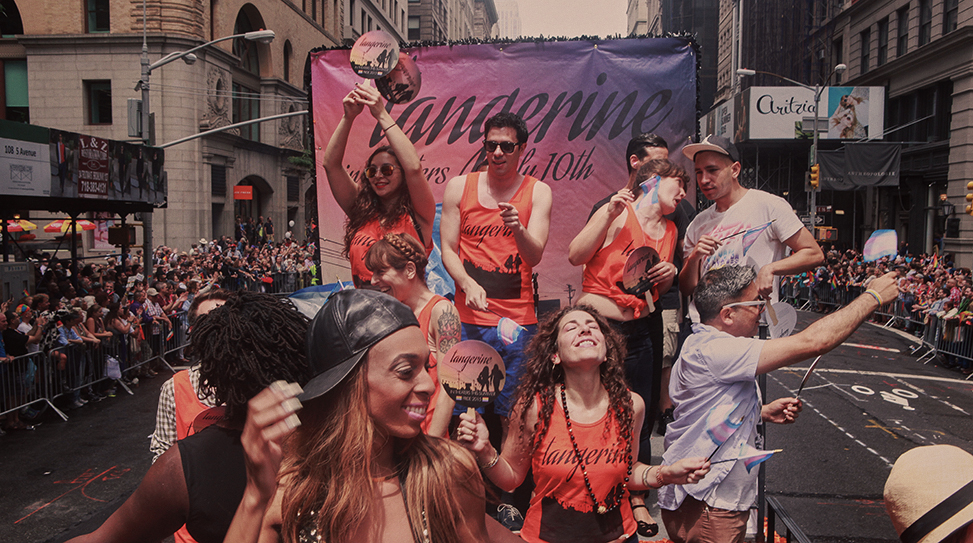


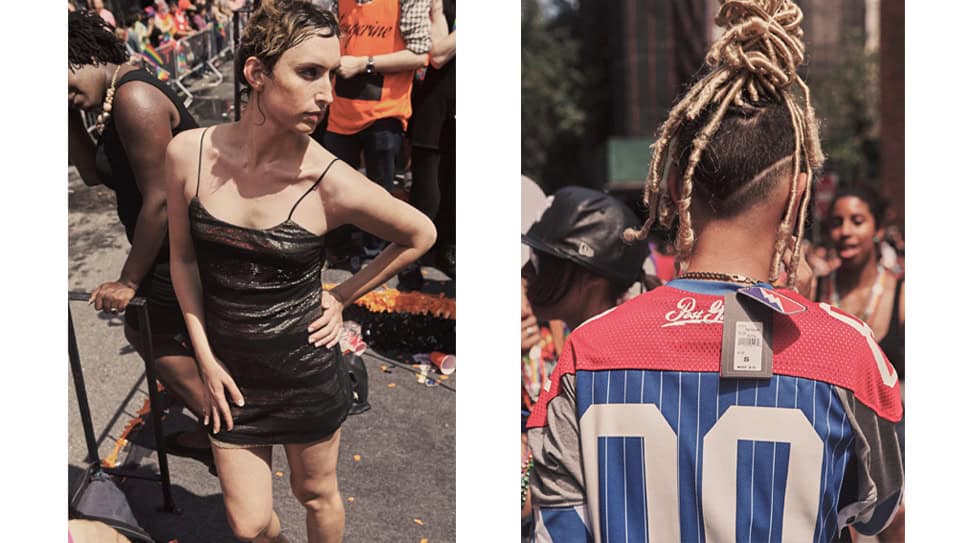




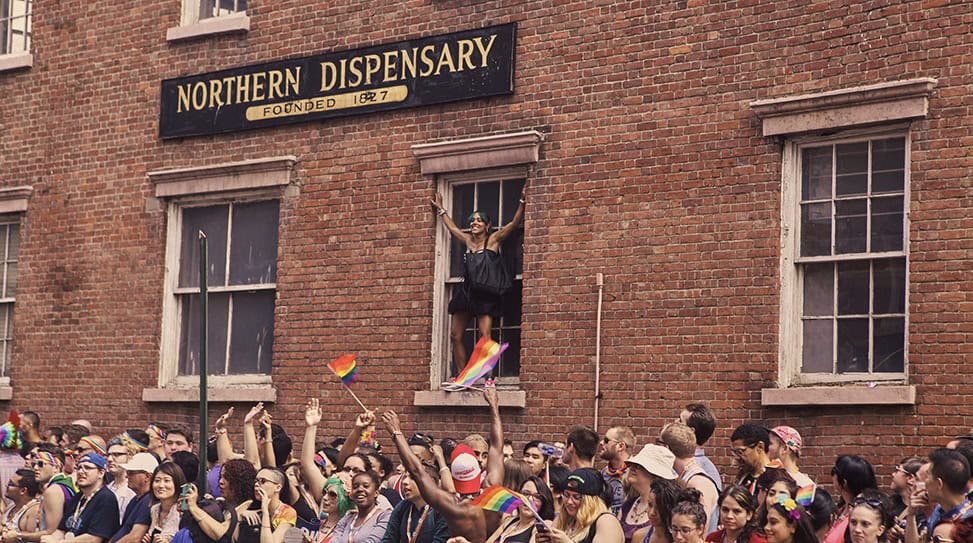


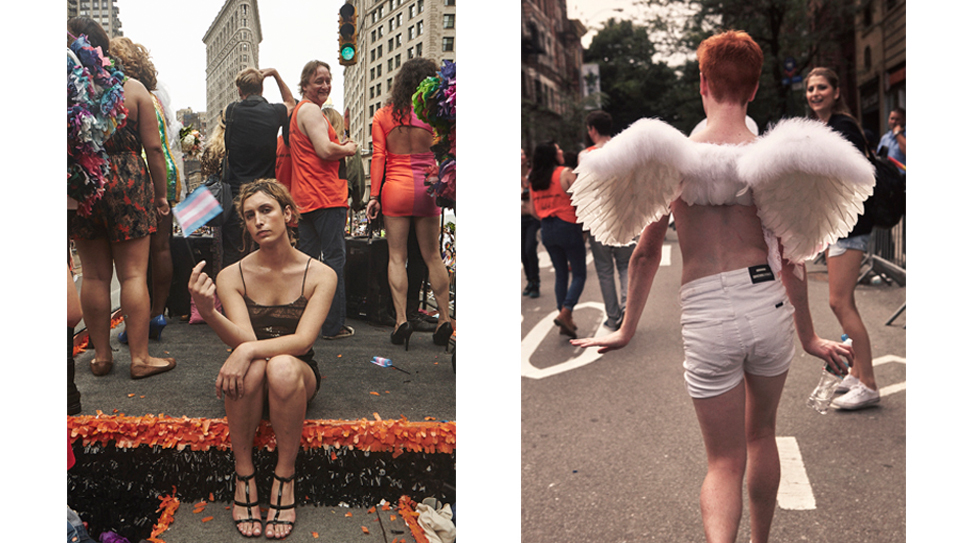

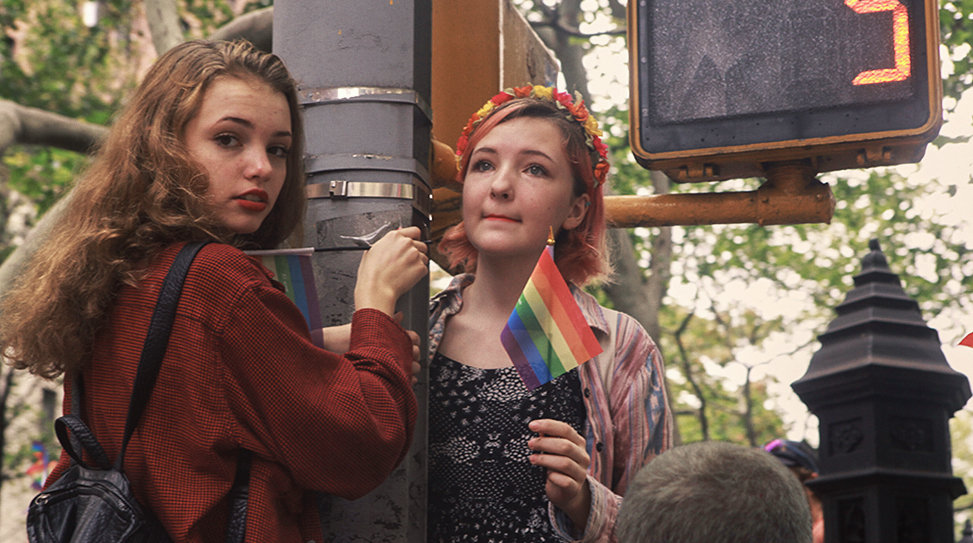
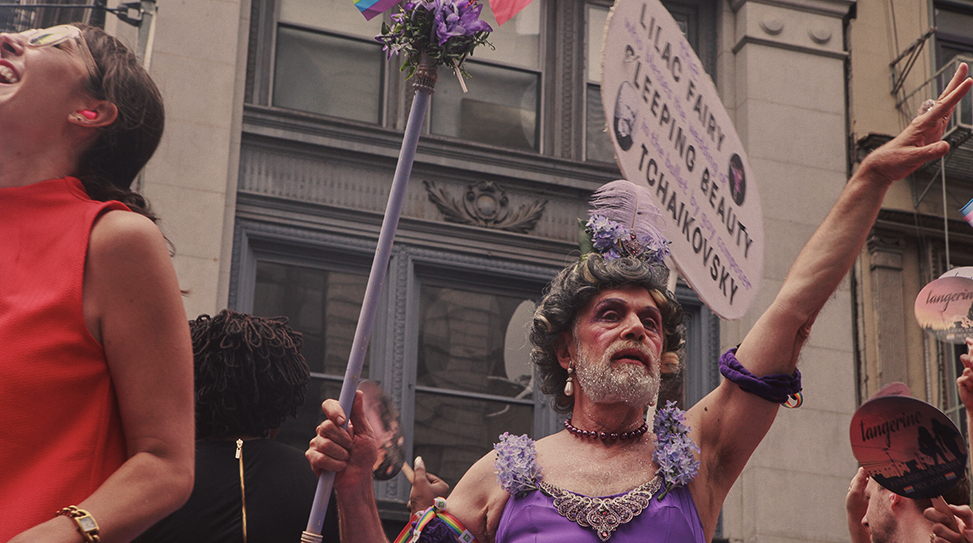
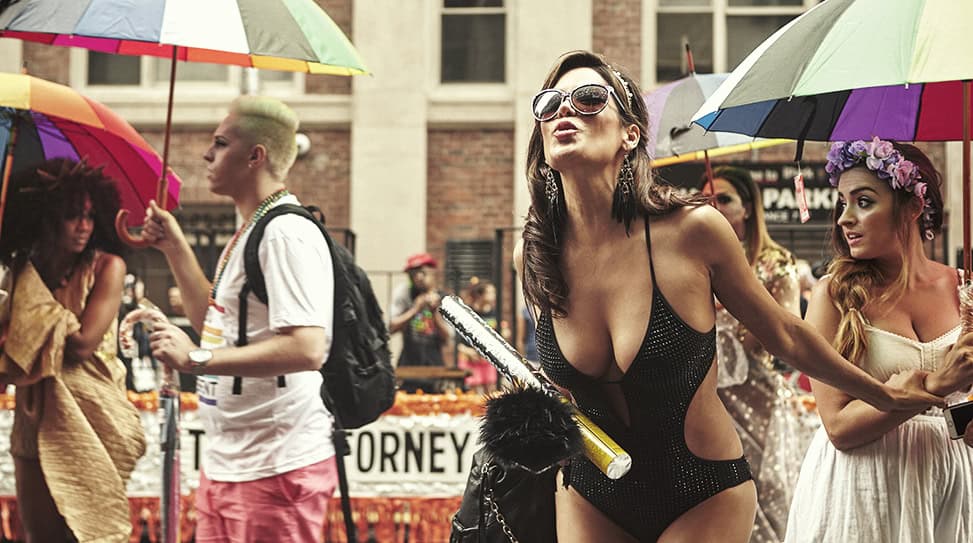
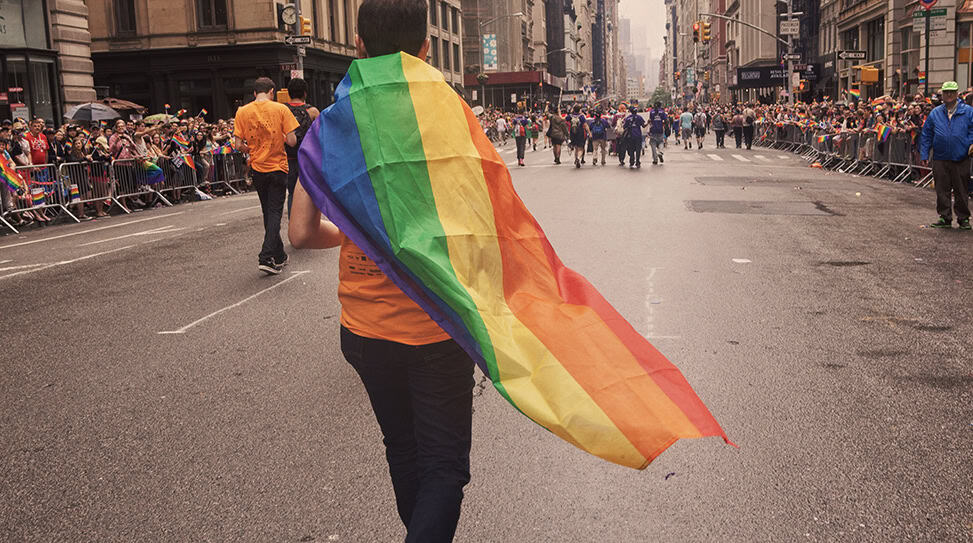


 A Conversation with Sean Wang
A Conversation with Sean Wang A Conversation with James Paxton
A Conversation with James Paxton
No Comments